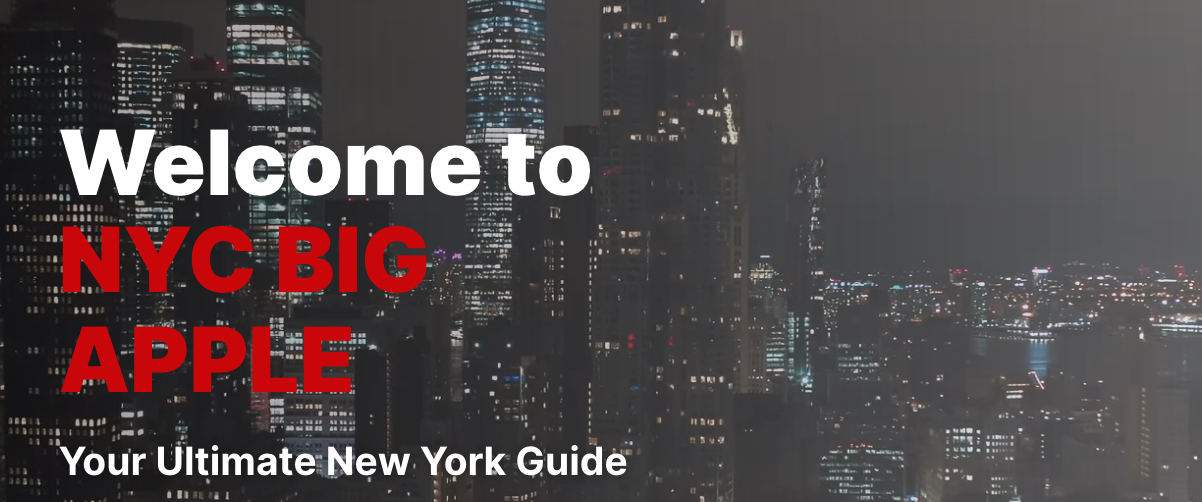The Tribeca Film Festival: A Prime Showcase of Cinema in New York City
The Tribeca Film Festival has emerged as one of the most distinguished film festivals globally, celebrated for its commitment to creativity, fresh ideas, and cultural discovery. Launched in 2002 by acclaimed actor Robert De Niro, producer Jane Rosenthal, and philanthropist Craig Hatkoff, the festival was initially intended to revitalize the Tribeca area in Manhattan following the September 11 attacks. Since its inception, it has grown into an international platform for independent filmmakers, industry professionals, and film fans.
Origins and Growth of the Tribeca Film Festival
The first edition of the Tribeca Film Festival in 2002 featured over 140 films and attracted around 150,000 attendees. The founders aimed to strengthen community ties, bolster local businesses, and unite people through the universal language of film. What began as a local initiative soon gained worldwide recognition, drawing filmmakers and audiences from various corners of the globe.
Over time, the festival has broadened its offerings to include not only film screenings but also interactive exhibits, virtual reality installations, live music events, and discussions with leading figures in the industry. It has become a launchpad for trailblazing films, many of which have garnered critical and commercial success.
Major Highlights of the Tribeca Film Festival
1. Film Presentations
At its core, the festival is known for its diverse film lineup. Each year, attendees can enjoy a broad selection of films, including:
- Feature Films: A blend of narrative, documentary, and animated works by both veteran and emerging directors.
- Short Films: Carefully curated short films provide a stage for budding filmmakers to showcase their skills.
- Global Cinema: With entries from numerous countries, the festival celebrates international storytelling, offering viewers a glimpse into various cultures and viewpoints.
2. Tribeca Talks
One of the festival’s key attractions is the Tribeca Talks series, featuring panel discussions, Q&A sessions, and masterclasses led by prominent industry figures. Esteemed past participants include Martin Scorsese, Oprah Winfrey, Guillermo del Toro, and Barbra Streisand. These sessions offer valuable insights into the filmmaking process and creative vision.
3. Immersive Storytelling
The festival has pioneered the integration of cutting-edge technology into storytelling. Its Immersive program showcases projects utilizing virtual reality (VR), augmented reality (AR), and mixed reality (MR), allowing attendees to engage with stories in interactive ways that redefine cinematic experiences.
4. Gaming and Interactive Entertainment
Acknowledging the growing impact of video games and interactive media on storytelling, the festival has introduced the Tribeca Games section. This segment highlights narrative-driven games and honors creators who are pushing the boundaries of the medium.
5. Music and Live Performances
Tribeca also celebrates the intersection of film and music, hosting special events that include live concerts, music-focused films, and discussions with composers and artists whose work elevates the cinematic experience.
Memorable Film Premieres at Tribeca
Over the years, the Tribeca Film Festival has been the launching pad for numerous acclaimed films. Some noteworthy premieres include:
- “The Apollo” (2019): A documentary exploring the cultural significance of Harlem’s legendary Apollo Theater.
- “Nas: Time is Illmatic” (2014): A film marking the 20th anniversary of Nas’s groundbreaking album Illmatic.
- “Keep the Lights On” (2012): A deeply moving drama that received widespread praise for its honest depiction of relationships.
Recognitions and Awards
The festival honors outstanding achievements in filmmaking and storytelling through various awards, including:
- Best Narrative Feature
- Best Documentary Feature
- Best Short Film
- Best New Narrative Director
- Audience Award: This accolade, decided by festival attendees, highlights the most beloved film of the event.
Contribution to the Local Scene
Despite its international stature, the Tribeca Film Festival remains deeply connected to the local community. It has played a pivotal role in revitalizing the Tribeca neighborhood and boosting New York City’s economy. Local establishments, from restaurants to hotels, benefit greatly from the annual influx of festivalgoers.
Additionally, the festival fosters community engagement through initiatives like the Tribeca Youth Screening Series, which provides free screenings and workshops for students.
Attending the Tribeca Film Festival
Typically held over 10 days in late spring, the festival offers various ticket options, including individual event tickets and festival passes that grant access to multiple screenings and activities. In response to growing demand, virtual passes have also been introduced, enabling audiences worldwide to enjoy selected films and events online.
Final Reflections
The Tribeca Film Festival is a vibrant celebration of cinematic artistry, diversity, and storytelling. Beyond showcasing top-tier independent films, it nurtures a spirit of creativity and community. Whether you’re a filmmaker, a passionate film lover, or simply seeking a remarkable cultural experience, the Tribeca Film Festival offers something exceptional. As it continues to expand and innovate, it remains a cornerstone of New York City’s cultural identity and an unmissable event for film enthusiasts.
